As a big fan of the HexGaming Ultimate PS5 controller, I was tremendously excited to hear the company was working on something new.
The HexGaming Phantom looks to improve upon the Ultimate with hall effect analog sticks and calibration tools to prevent stick drift. But while taking some steps forward, after rigorously testing out the Phantom, I feel like the new controller took a couple of steps backward as well.
The hall effect effect
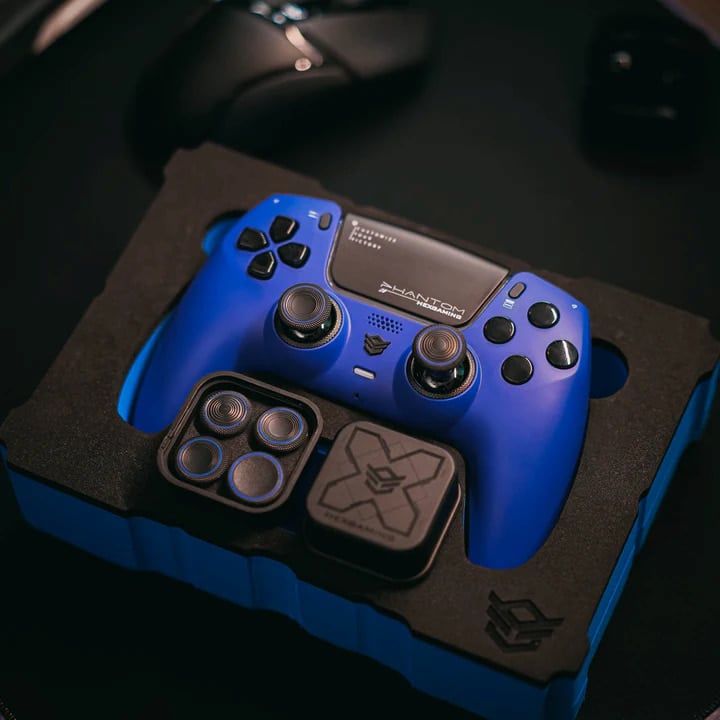
The main improvement from the Ultimate to the Phantom is the addition of hall effect analog sticks, which seems to be all the rage on new controllers these days—and rightfully so, because it helps a lot with stick drift after many months of usage.
It’s tough to judge this feature after using it for just over a week, but I went hard in the Black Ops 6 beta and Modern Warfare 3 (along with some Astro Bot mixed in) and the sticks feel sturdier and more supportive than the ones on my Ultimate.
The controller comes with several additional stick choices, including two concave regular sticks, two extended concave sticks with extended width, two extended domed sticks, and one domed and one concave with extended width. No matter what style of stick you prefer, the Phantom has you covered.
Whether you play on PS5 or PC, these sticks should stick around for some time.
Back paddle step back
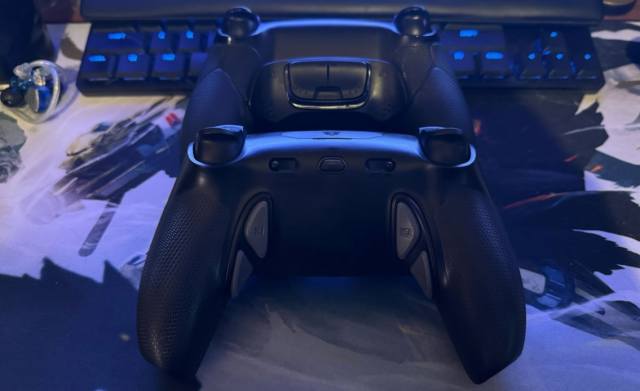
The biggest issue with the Phantom is its customizable back buttons, which are a massive downgrade from the Ultimate. The four buttons are just that, buttons, compared to sturdier bumpers on the Ultimate that I greatly prefer.
The buttons feel very flimsy in comparison to the bumpers, and after just a week of usage, I already feel the wear and tear on the buttons I use to jump and melee in any FPS. This is a big disappointment because the bumpers on the Ultimate are my favorite feature on that controller that I use to this day.
The Phantom’s back buttons are smaller, so it’s easier to hit the wrong button in the heat of battle, whereas the wider paddle just feels more natural.
Rough around the edges
The Phantom comes with anti-slip material on its grips, but unfortunately, they may be a little too anti-slip. During intense moments in gaming, I felt the grip start to painfully grate on the soft parts of my palms, and they became quite irritated after long play sessions.
It could be that the grips on the Ultimate have dulled over the years, but I don’t remember having this kind of issue in the past.
Trigger choice
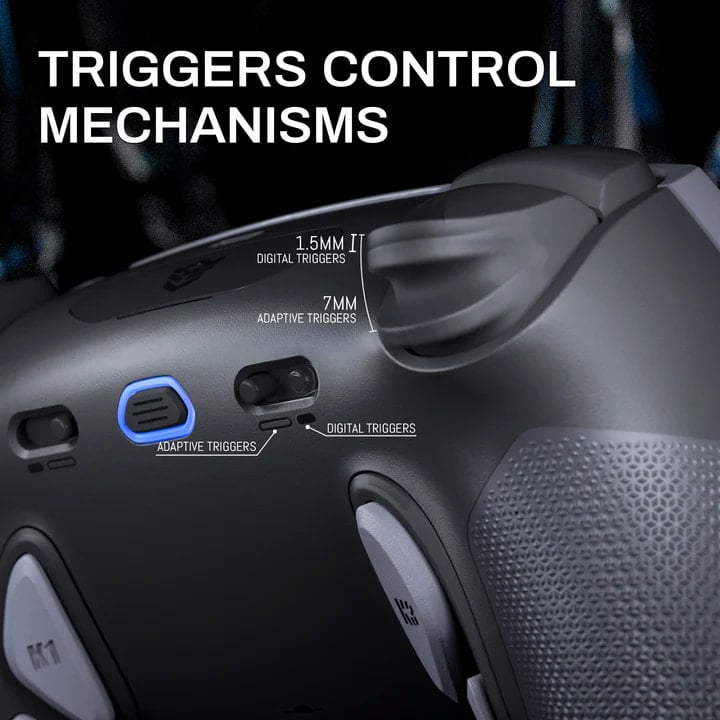
One lovely addition to the Phantom is the ability to swap between adaptive and digital triggers, as seen in the image above. When playing an FPS, the instant response of digital triggers is nice, but for other games, adaptive may be the move.
Being able to swap on the fly is quite nice, and you can even use a different setting on each trigger independent of the other.
- Hall effect analog sticks
- Big improvement on base DualSense
- Customizable buttons
- Choice between trigger types
- Flimsy-feeling back buttons
- Harsh, sometimes painful anti-slip grips


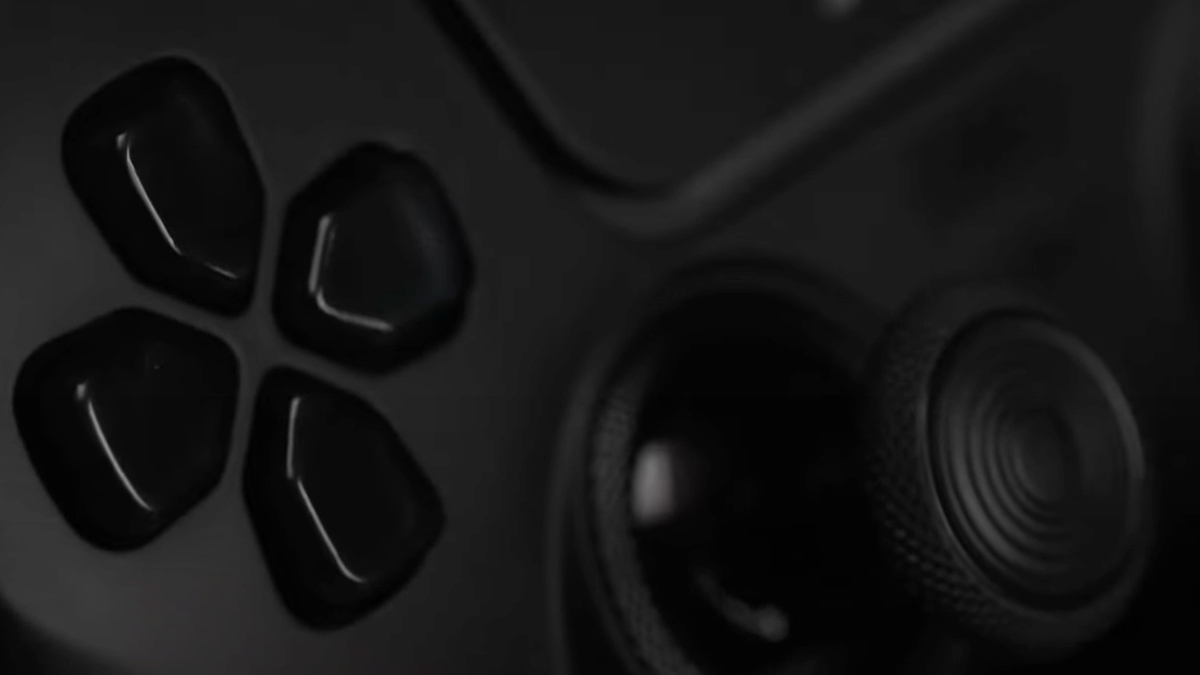
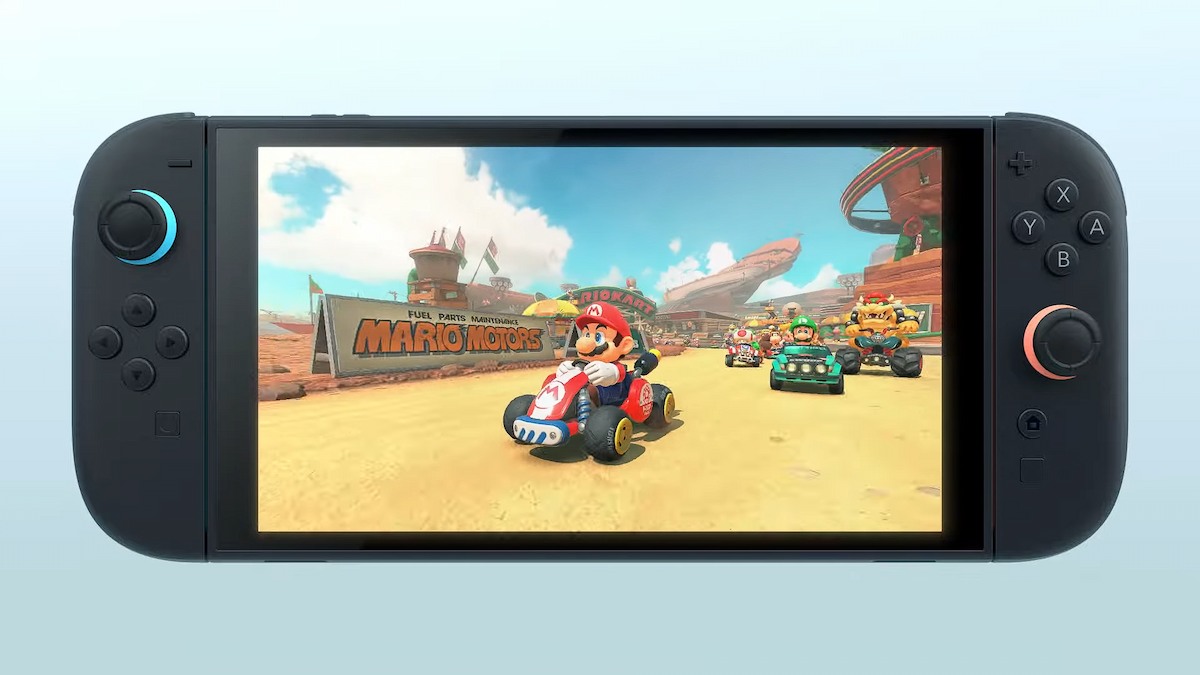

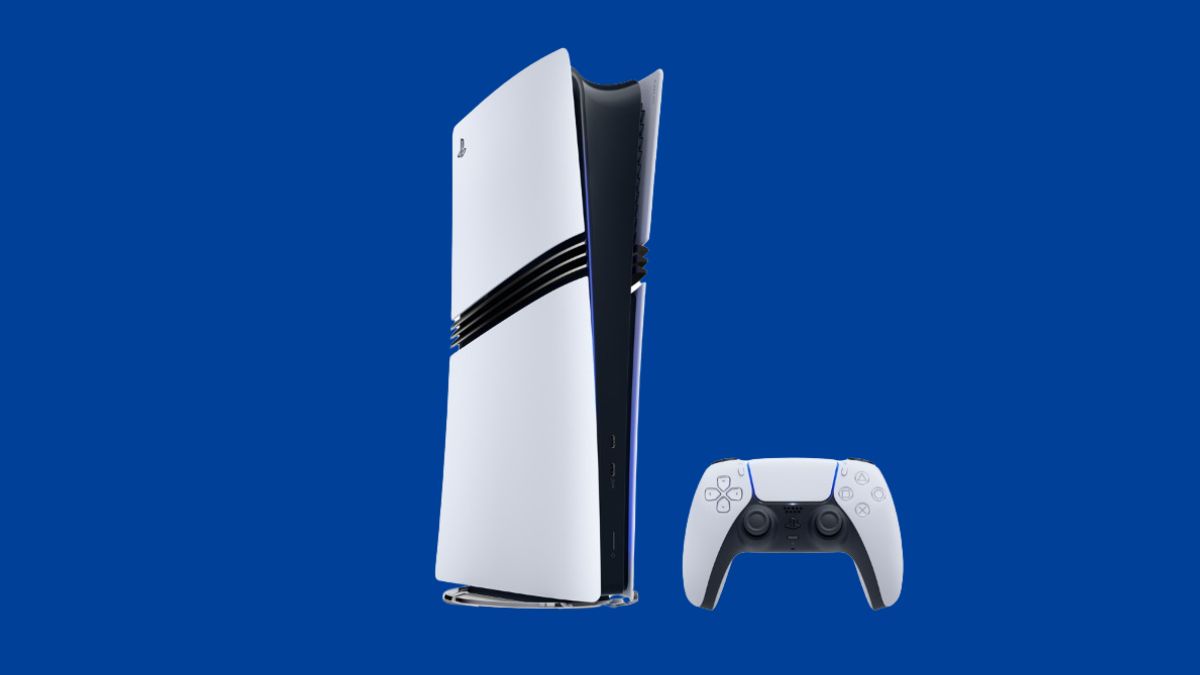

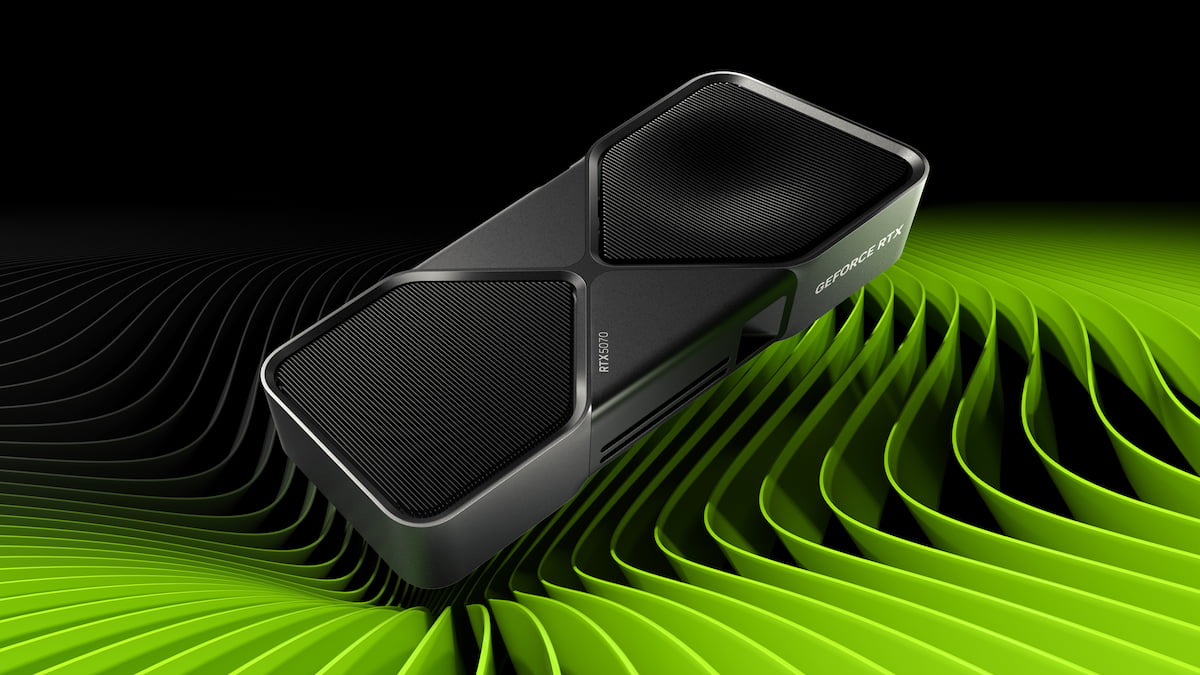
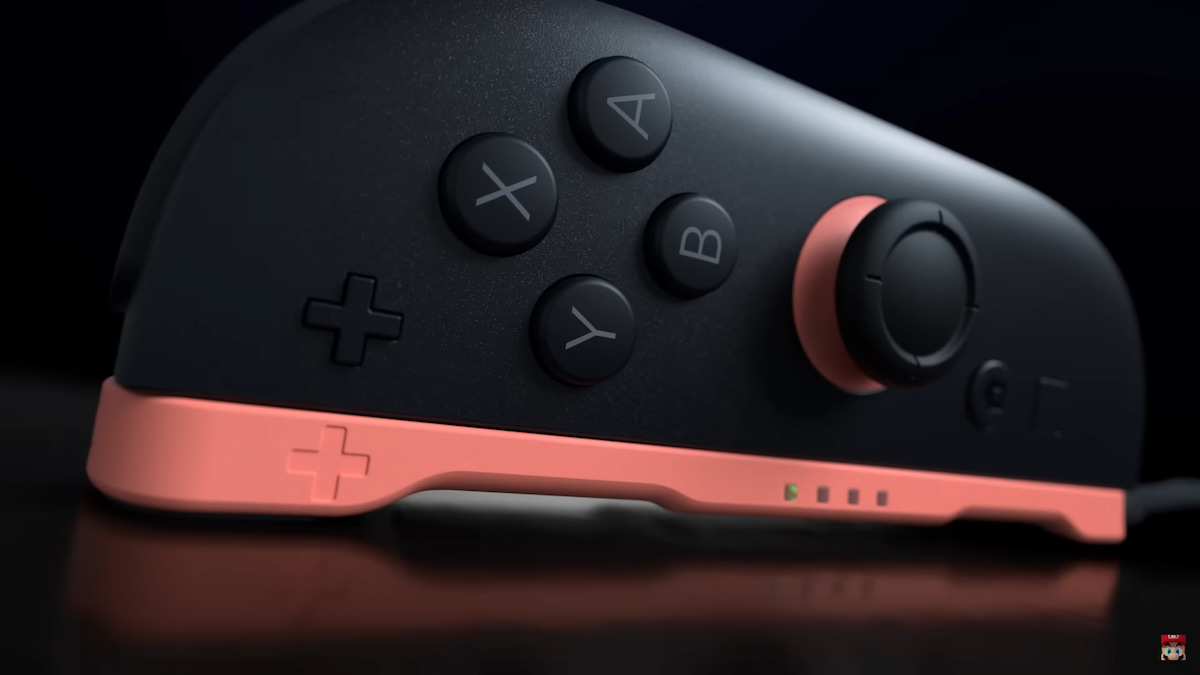
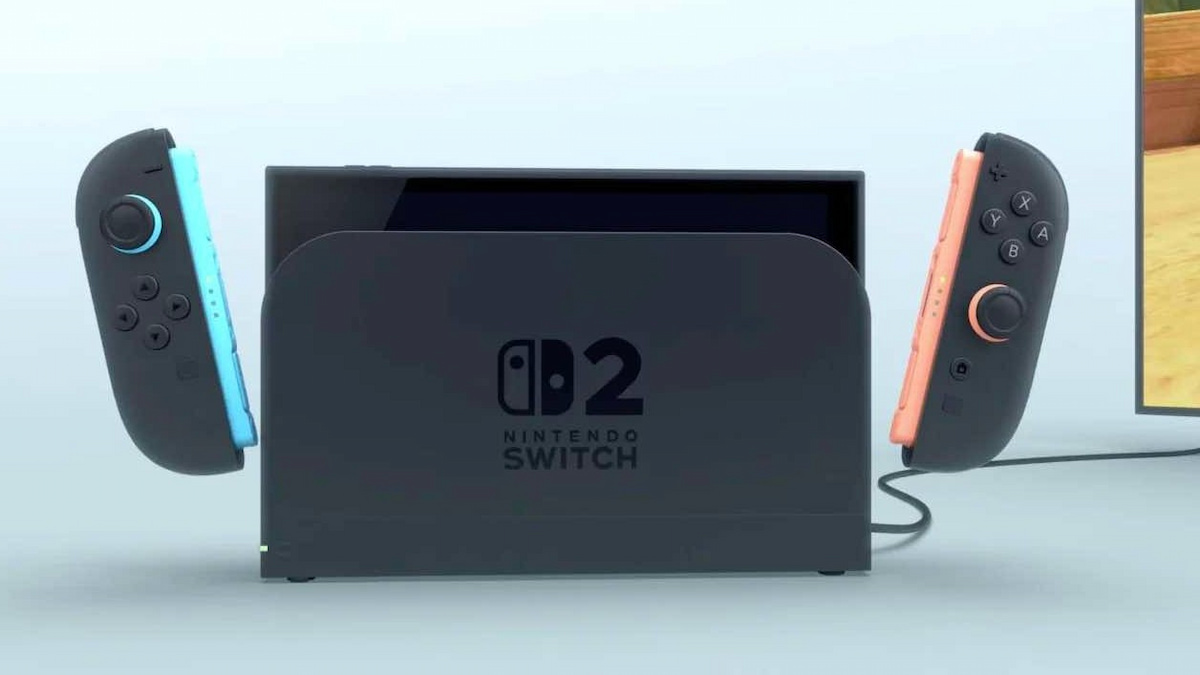

Published: Sep 13, 2024 11:20 am